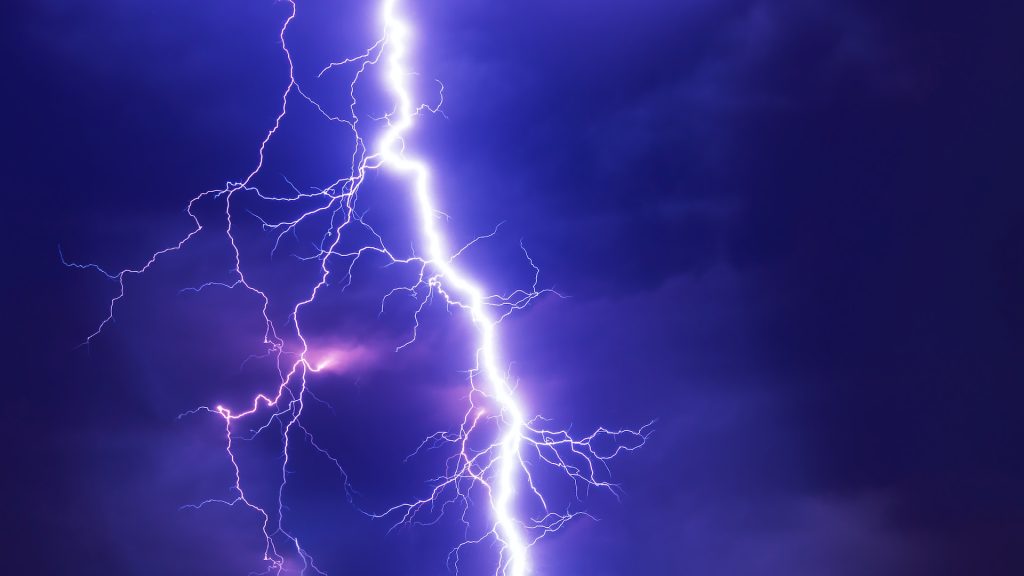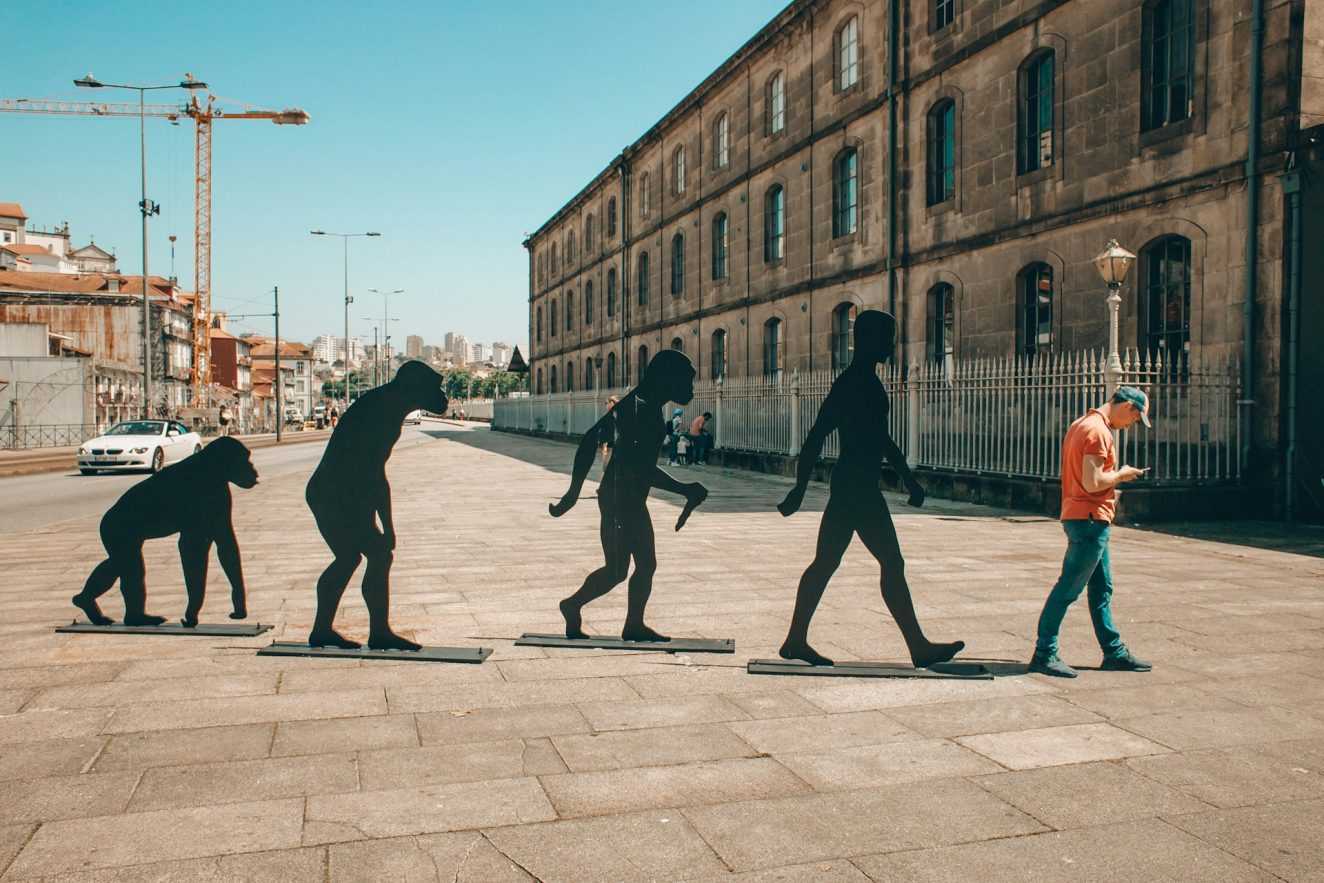Today, we’re diving into the electrifying world of lightning and thunder – the dynamic duo that turns a stormy night into a spectacular natural light show. Buckle up as we explore the science behind these electrifying phenomena and uncover the secrets of Mother Nature’s own fireworks display!

The Electric Ballet in the Sky: How Lightning Strikes
Picture this: a dark, stormy night, and suddenly the sky is alive with streaks of light, zigzagging across the clouds. That’s lightning, a dazzling yet somewhat mysterious dance of electrical energy. So, what causes this captivating display?
At its core, lightning is an electrical discharge caused by an imbalance between positive and negative charges in the atmosphere. Imagine the atmosphere as a giant playground for charged particles. Water droplets and ice particles within storm clouds collide, creating a separation of charges – positive at the top and negative at the bottom.
Nature, being the ultimate equalizer, seeks to balance these opposing charges. When the difference becomes too great, a discharge occurs – a lightning bolt! It’s like the atmosphere’s way of saying, “Let’s settle this right now!”
But here’s the kicker: lightning doesn’t just go from point A to point B in a straight line. No, no! It prefers the scenic route, zigzagging and branching, creating those mesmerizing patterns we see from below. This wandering path is due to the air acting as a not-so-conductive obstacle course. As the bolt travels through the air, it ionizes the particles along the way, creating a visible trail.
Now, onto the showstopper – the thunderous applause that follows lightning.

Thunder: The Sonic Boom of Stormy Nights
Thunder is the rockstar of the storm, the sound that rattles windows and sends pets scurrying under the bed. But what’s the science behind this sonic spectacle?
When lightning strikes, it heats the surrounding air to an incredible temperature – hotter than the surface of the sun, in fact! This sudden, intense heating causes the air to expand rapidly, creating a shock wave that travels outward from the lightning channel.
Ever notice how the sound of thunder isn’t a single clap but a rolling roar? That’s because the shock wave travels at the speed of sound, and different parts of the lightning bolt generate sound at different times. The result? A theatrical performance of nature’s own percussion section.
Safety First: Lightning Myths Busted!
Now that we’ve unraveled the magic behind lightning and thunder, let’s address a few myths that have been buzzing around like, well, a swarm of angry bees.
Myth #1: Lightning Never Strikes the Same Place Twice Oh, it does – and quite frequently! Tall structures like skyscrapers and communication towers are often repeat targets because they provide an easy path for lightning to follow. Lightning is just as choosy as your favorite coffee shop.
Myth #2: Rubber Tires Protect You in a Car While it’s true that the rubber tires provide some insulation, it’s the metal frame of the car that acts as a Faraday cage, directing the lightning’s energy around you. So, stay inside and enjoy the show!
Myth #3: Lightning Can’t Strike Without Rain Think again! Lightning can occur even in the absence of rain. These are known as “dry lightning” strikes and are common in arid regions. So, don’t let a lack of rain fool you into a false sense of security.

And there you have it – the electrifying tale of lightning and thunder. The next time you find yourself caught in a storm, instead of cowering under the covers, embrace the opportunity to witness one of nature’s most dazzling performances.
From the charged dance of lightning in the sky to the booming applause of thunder, each storm is a unique masterpiece created by the forces that govern our atmosphere. So, the next time you hear the distant rumble and see the flicker of light, remember the scientific symphony playing out above you – a symphony that’s both electrifying and, dare we say, shockingly entertaining! Stay curious, stay safe, and enjoy the show, nature enthusiasts!





